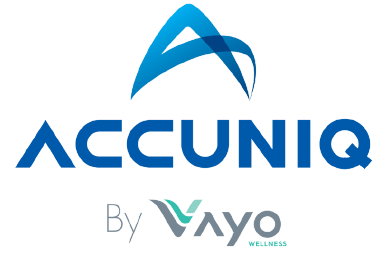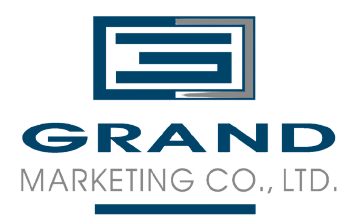

Sponsors by






Hosted by Postgraduate Program in Exercise and Sport Sciences, Graduate School, Khon Kaen University, Thailand

October 27-28, 2022,
The virtual presentation session will start at 8.30 a.m. to 05.00 p.m. (local time) on the set dates in Bangkok, Thailand. The Zoom invitation link to join the virtual conference will be sent to the registered delegate’s email 30-45 minutes before the session begin and also available on our https://conference.kku.ac.th/ipas/info/r/2022 website.
Virtual Meeting (via Zoom)
International Conference on Physical Activity and Sports (IPAS) 2022 is the interdisciplinary meeting for the presentation of new advances and research results in the fields of Physical Activity, Exercise and Sport Sciences. The event postgraduate program in Exercise and Sport Sciences, Graduate School, Khon Kaen University, Thailand.
We aim to provide an excellent opportunity for all delegates to participate in the international exchange of broader ideas, current strategies, concepts and best practices, collaborations, and cooperation. The conference includes time allocated for research presenting, updating the knowledge in particular field, peer-to-peer group discussions.
We invite all sport scientists, physical therapists, physical educators, health professionals, researchers and scholars in the domain of interest from around the world to submit original research relating to all following aspects.
These awards are provided to the peer-reviewed presentations that have been selected to be the best presentation in the session with our criteria. Each presentation is evaluated by three evaluators and the average mark of both evaluators is taken as the final mark. The best presentation from each session will be selected based on the final mark received from the evaluators and the final decision is given by the Conference Chair. The total score is 100 and the score is divided by the following criteria;
All awards will be given at the closing ceremony.
Qualified full papers will be published in the Archives of Allied Health Sciences (Arch AHS), indexed in TCI (Thailand citation index) tier 1 and (ACI) ASEAN citation index.
Please ensure that you carefully read the guidelines of presentation.
4.1) Five Minutes-Poster presentation: the presenter must be prepared their presentation in English as a video along with appropriate slides that no longer than 5 minutes. They are required to submit their video to the Google drive provided by the conference organizer within October 24, 2022. The link for uploading will be sent to all selected presenters.
4.2) Ten Minutes-Oral presentation: the presenter must be prepared their presentation in English as a video along with appropriated slides that no longer than 10 minutes. They are required to submit their video to the Google drive provided by the conference organizer with in October 24, 2022. The link for uploading will be sent to all selected presenters via email.
The accepted abstract/full paper by our peer reviewers is request to send a video presentation as mentioned above. All accepted works will be published as a digital file in the e-proceedings book (proceedings abstracts and papers) which will be available after the conference date. Registered participants can access the digital conference proceedings, and certificates by visiting their profile page.
5.1 Abstract must be in English which no more than 300 words, the format of the abstract consists of introduction, purpose, methods, the principal results, and major conclusion in one paragraph. References, non-standard, or uncommon abbreviations should be avoided. If essential, they must be defined at the first mentioned in the abstract. Up to five relevant keywords are required.
5.2 Full paper must be in English which no more than 5,000 words, the authors are
encourage to prepare their abstract as guideline in 5.1. Format of the full text should be prepared as below;
1.) Introduction: provide an adequate background and objectives of the research, avoiding a detailed literature survey or a summary of the results.
2.) Materials and Methods: provide sufficient details to allow the methods to be reproduced by an independent researcher. Methods that are already published should be summarized with reference(s). If quoting directly from a previously published method, use quotation marks and cite the source. Any modifications to existing methods should also be described.
3.) Results: indicate clear and concise findings of the study with link to the tables and figures, if any.
4.) Discussion: briefly explain the significance of the findings, not repeat them, and discuss the findings points-by-points with supporting or contradicting references.
5.) Conclusion: summarize the main findings with clinical contribution.
6.) Take Home Messages of no more than 50 words or clinical implication using 3-4 bullets.
7.) References; must not exceed 50 references.
Both an abstract and a full paper, text font should appear in 12-point Times New Roman with single column format. Keep 1.5-line space and the layout of the text should be prepared with 2.5 cm margins and a footer containing a page number.
More information on abstract and full paper, please visit the journal website: https://he01.tci-thaijo.org/index.php/ams/about/submissions
Sponsors by






Graduate School Khon Kaen University Contact Address: 3rd Floor, Bimala Kalakicha Building, Khon Kaen University, 40002, Thailand.
Tel: (+66) 43-202420 Fax: (+66) 43-202421 e-mail : graduate@kku.ac.th